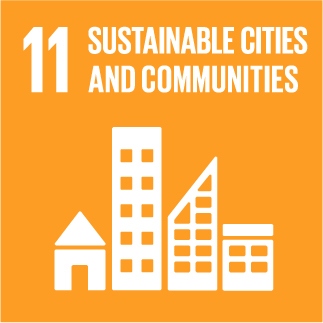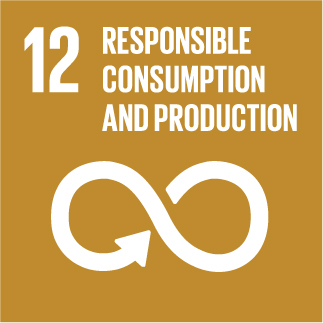URBANREC
CO2-utilization in the synthesis of methanol: Potential analysis and exergetic assessment
Carbon capture and utilization represents a major strategy to reduce anthropogenic CO2-emissions by valorization to chemical and petrochemical products. The integration of CO2 is not only aimed at abating emissions, but also at a partial substitution of raw materials, most of which are fossil fuels. In this context, Gas-to-Liquid processes are of great importance, in particular the production of methanol from its predominating feedstock natural gas. In the present study the CO2-utilization potential and impact of CO2-integration measures in methanol synthesis routes are investigated and assessed from a thermodynamic point of view. Sensitivity analyses for an estimation of the CO2-integration potential by dry reforming and direct hydrogenation are carried out. In a dry-reforming process, a carbon dioxide-to-methane mole ratio of one results from tradeoffs among the CH4-conversion, the desired syngas composition, and the heat demand.
Regarding the direct hydrogenation, a CO2 inlet fraction of 10?mol-% is recommended for a pareto-optimal operation with a high product yield and a large conversion rate for CO2. The CO2-integration measures are implemented into three processes to evaluate and assess their effects on the overall systems by means of an exergetic analysis. The processes mainly differ in regard to the reforming technology and use conventional steam reforming, dry reforming by CO2, and mixed reforming. Compared to a conventional production process, the natural gas feed is successfully decreased by 38.7?t/h, 50.3?t/h and 61.4?t/h, while an amount of 191.5 kgCO2, 89.3 kgCO2, 425.8 kgCO2 per MWh total exergy of product can be abated, respectively. The process with mixed reforming exhibits a large exergetic efficiency of 48.6%, resulting from a careful integration of CO2 in conjunction with further syngas conditioning units. The processes with steam reforming and dry reforming have, however, lower efficiencies (31.1% and 39.8%, respectively) due to large irreversibilities within the furnace and the steam cycle, which result from the required large amounts for high-temperature process heat. The analyses show that the CO2 stream must be integrated carefully to the plant in order to avoid an excessive increase of the irreversibilities.

» Author: Timo Blumberg, Tatiana Morosuk, George Tsatsaronis
» Reference: 10.1016/j.energy.2019.03.107
» Publication Date: 15/05/2019
» More Information

This project has received funding from the European Union's Horizon 2020 research and innovation program under grant agreement Nº 690103




URBANREC Guidelines by URBANREC Consortium is licensed under a Creative Commons Reconocimiento-NonComercial-NoDerivatives 4.0 Internacional License.
Puede hallar permisos más allá de los concedidos con esta licencia en www.aimplas.net
